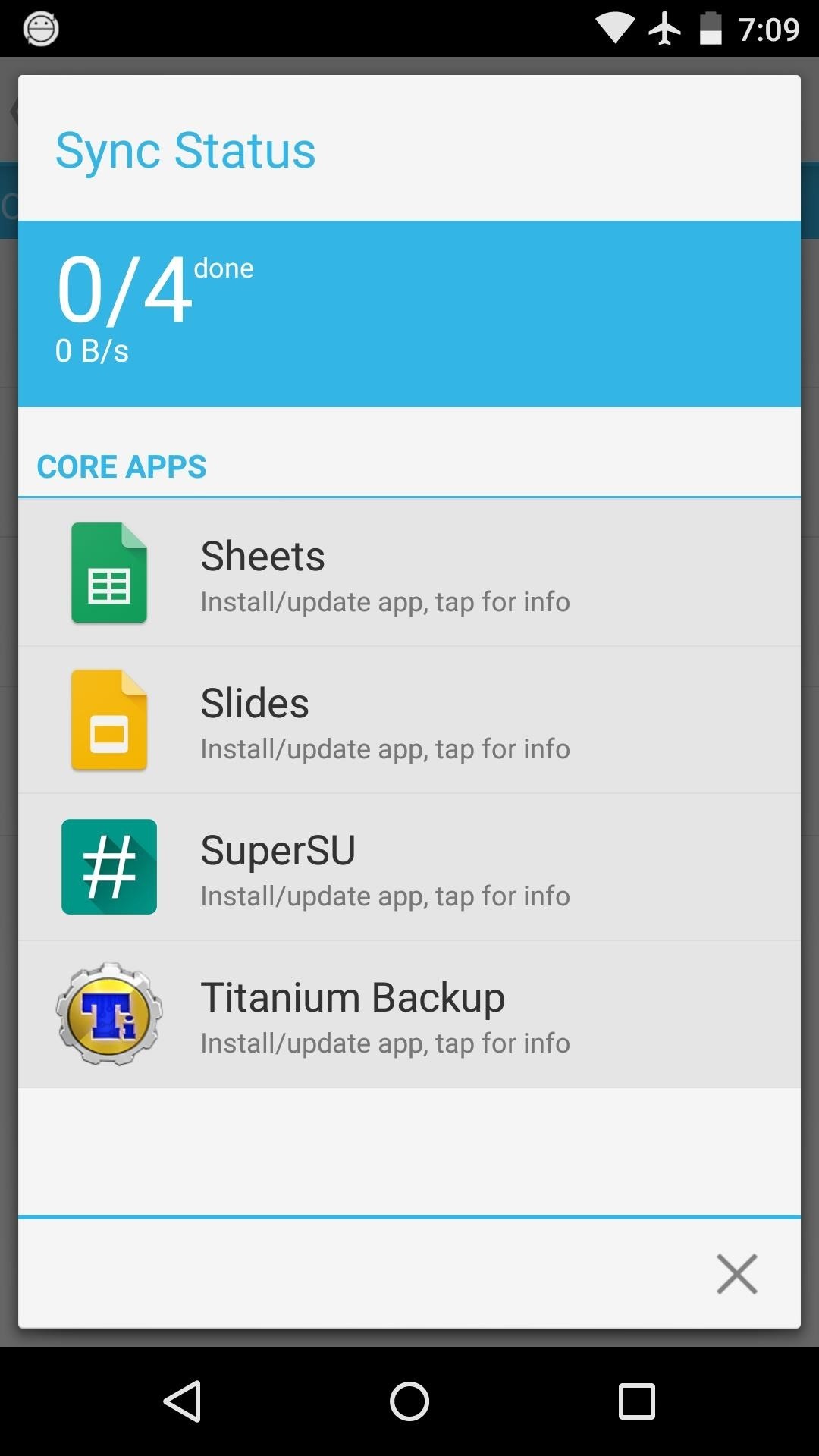
You can output the LFOs that you create in the SBX-1 along with performance information, modulate them, and even use them as trigger signals. You can use it to play analog or modular synths. The SBX-1 converts incoming performance information from an external device to both CV (pitch) and GATE (note) signals, so it offers possibilities far beyond what you would expect from a simple sync box.
#Box sync mac windows#
Note that, if you’re on the Windows side, you apparently have to make registry edits to set a custom location. plist file, maybe trash the folders above, and restart Box Sync. Incidentally, it’s hard to believe that this is really the only possible method - with all the Box processes stopped, you should be able to create the.
#Box sync mac for mac#
Now, download the latest Box Sync for Mac from. Make sure you’re saving the file as plain text, and that your editor doesn’t paste on an extension like ‘.txt’ - the filename must be exact. Save the file in /Library/Preferences/, (note that this is the Library folder at the root of your boot hard drive, not the Library folder in your user profile), naming it .

… except you’re going to specify your custom location in place of /Volumes/Drive1/syncme/. Open a text editor - I’m partial to TextWrangler on the Mac - and paste this: Searching for it via Spotlight is expedient enough. Was Box Edit running? You’ll want to delete that, too. ~/Box Sync/ (remember, this won’t exist if you’ve renamed it or deleted it as suggested above) ~/Library/Application Support/Box/Box Sync/ Rename your Box Sync folder (to any other name), or delete it if you’re 1000% confident those files are safe somewhere else. Kill the Box Sync and Box Sync Monitor processes, if they’re running. Right-click the b icon in the taskbar and choose Quit. What can you do with Box Sync? Let’s take a ride… As of this posting, Box can’t handle symlinks.
#Box sync mac install#
In fact, when you install it and log in with your tOSU credentials, it automatically creates that location (if non-existent) and starts syncing there. I can see the appeal for enterprise management, but those aims could have been achieved without making things so obtuse for end-users.īox Sync for Mac wants to put your files in your home folder. In fact, it feels like Box had to go to real lengths to make it so difficult to do something basic like, oh, choose where your synced files live. Ease of customization is not one of them (sync reliability prior to v4.0.something was sketchy, too, but let’s stay focused). TOSU has partnered with the Box cloud storage service.


 0 kommentar(er)
0 kommentar(er)
